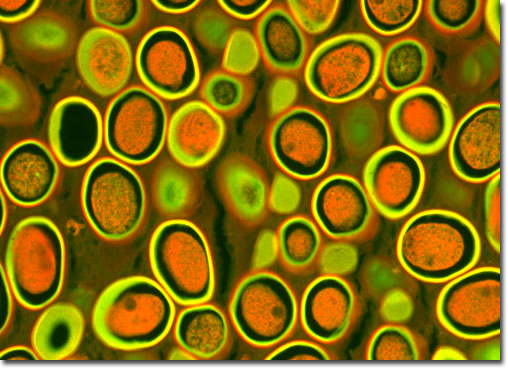|
After the eggs of the human roundworm hatch in the small intestine, larvae are liberated and migrate through the intestinal wall. From there, they enter the blood stream and travel to the lungs, where they may produce lung inflammation and fluid retention, or even severe hemorrhagic pneumonia. About 10 days later, the larvae migrate up through the air passages of the lungs, to the trachea. They enter the throat and are swallowed, eventually ending up in the small intestine where they mature and mate, completing their lifecycle. Serious, potentially fatal, complications of ascariasis can result when larvae lodge in sensitive tissues, such as the brain, and when adult worms migrate into various body structures where they produce abscesses and toxic manifestations. Intestinal blockages from adult worms sometimes require surgical removal.
|
